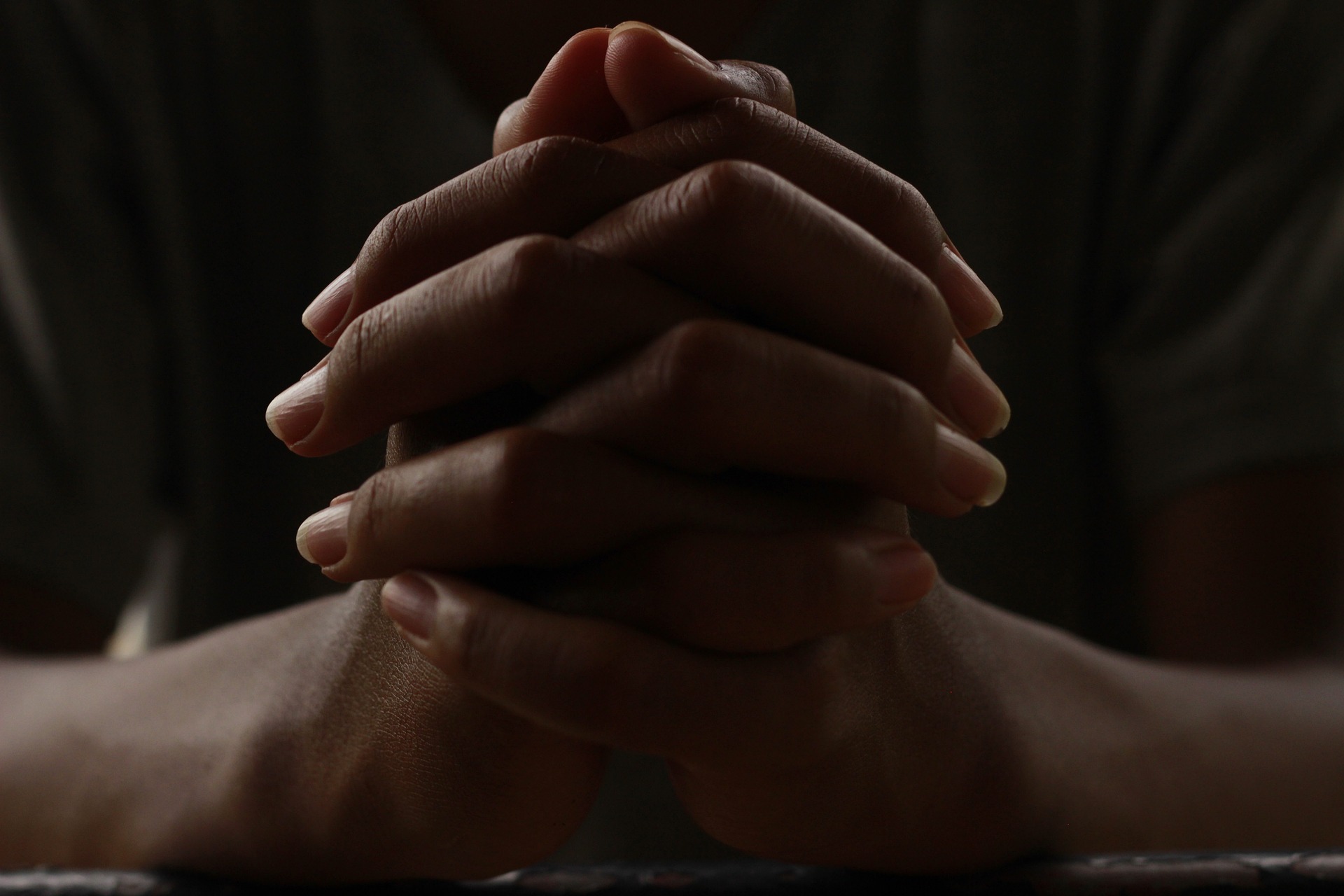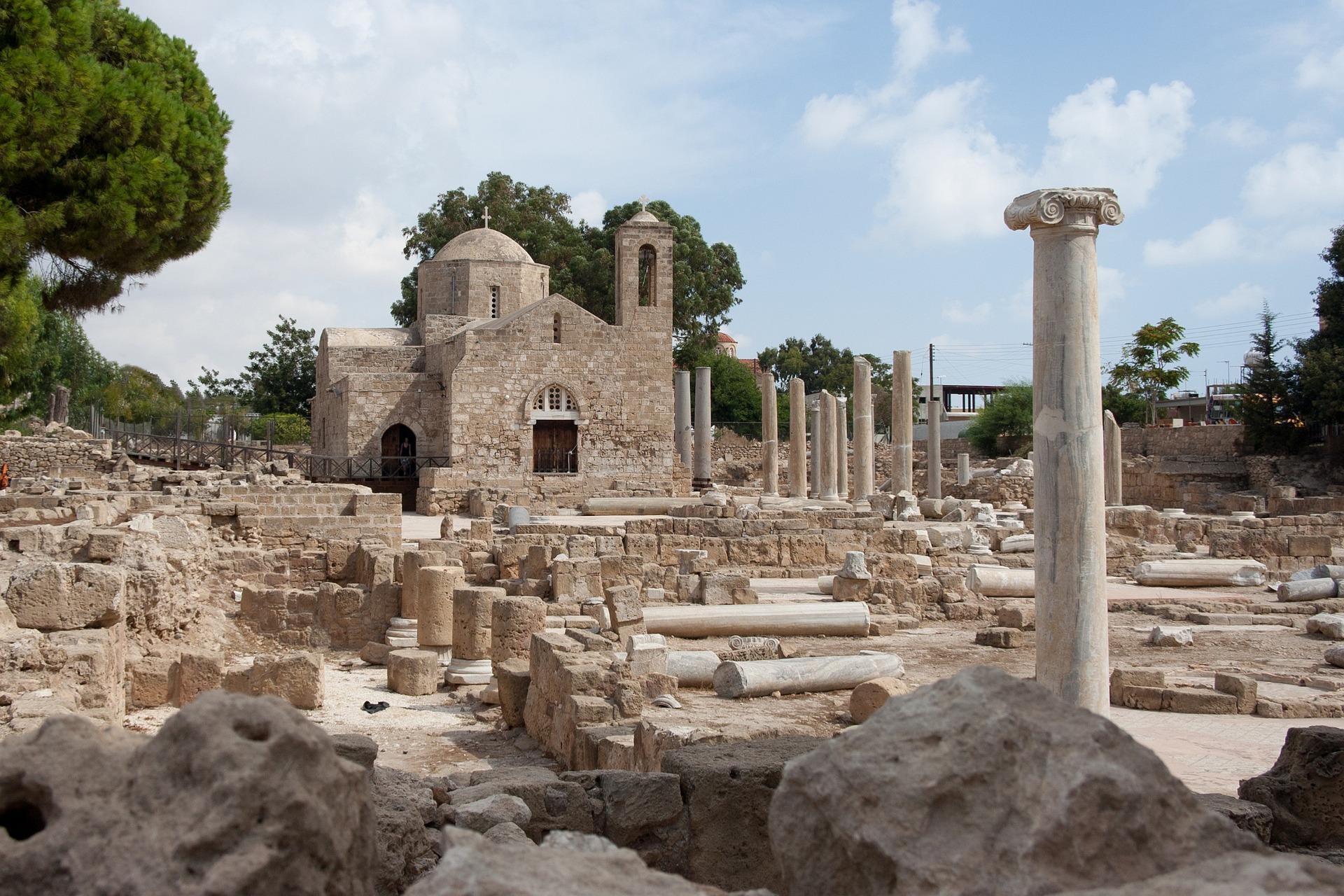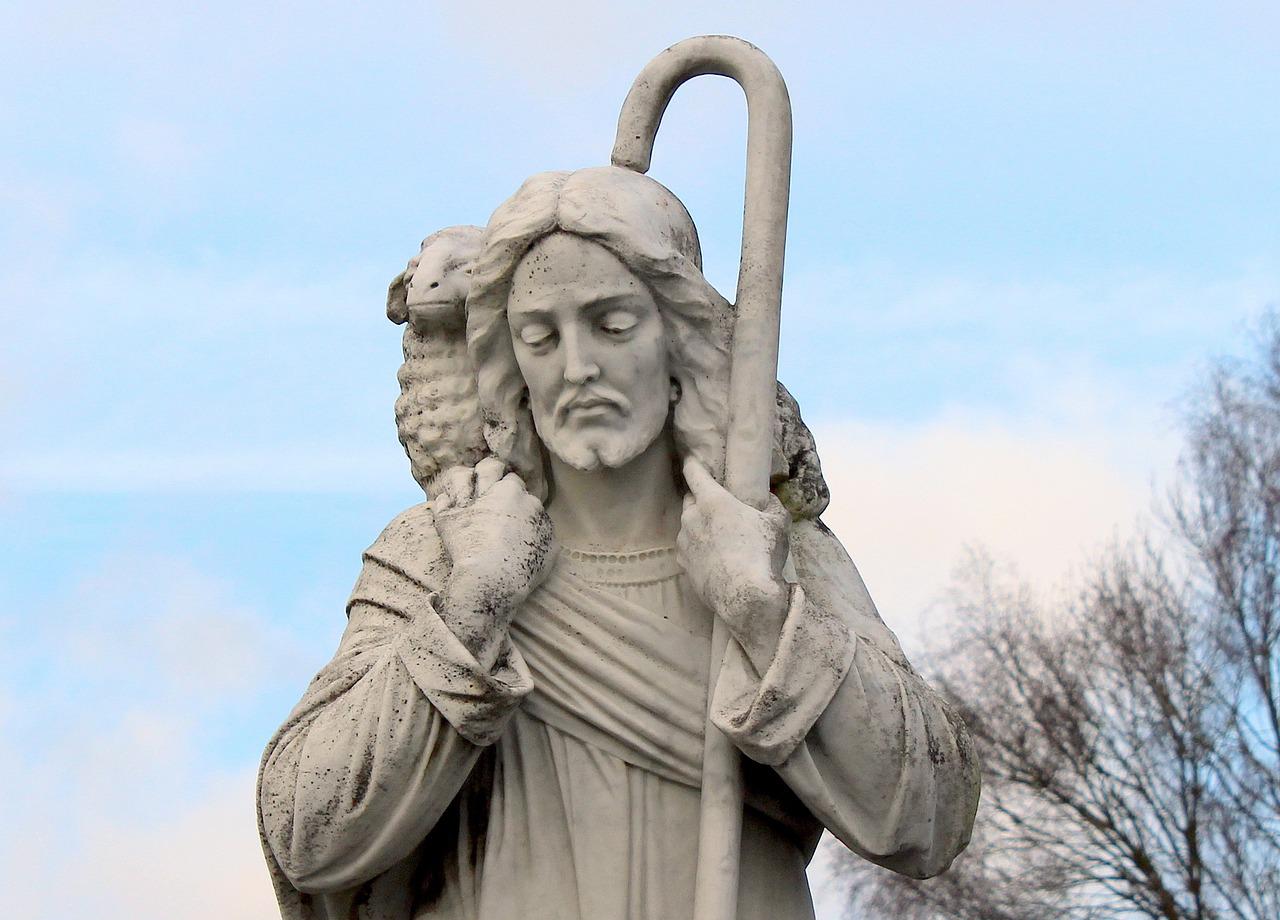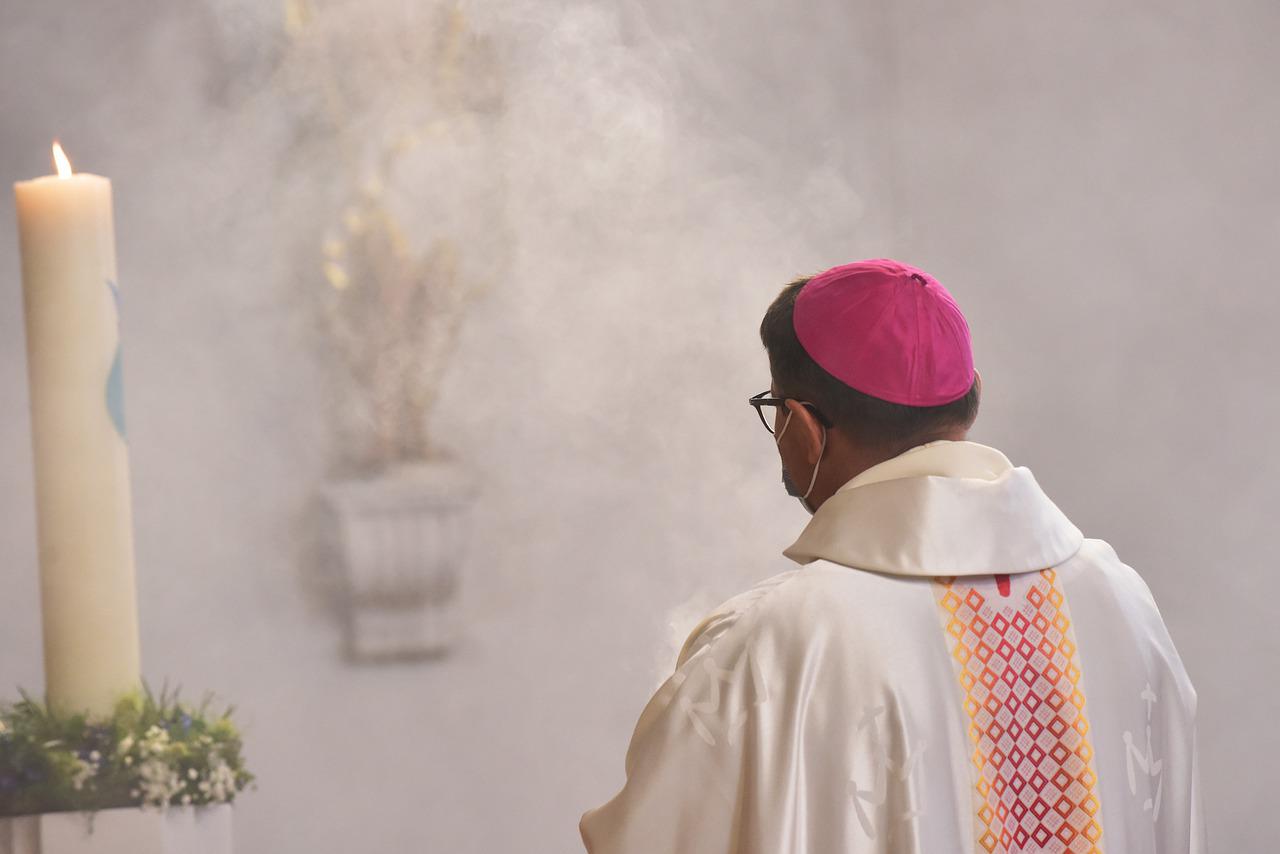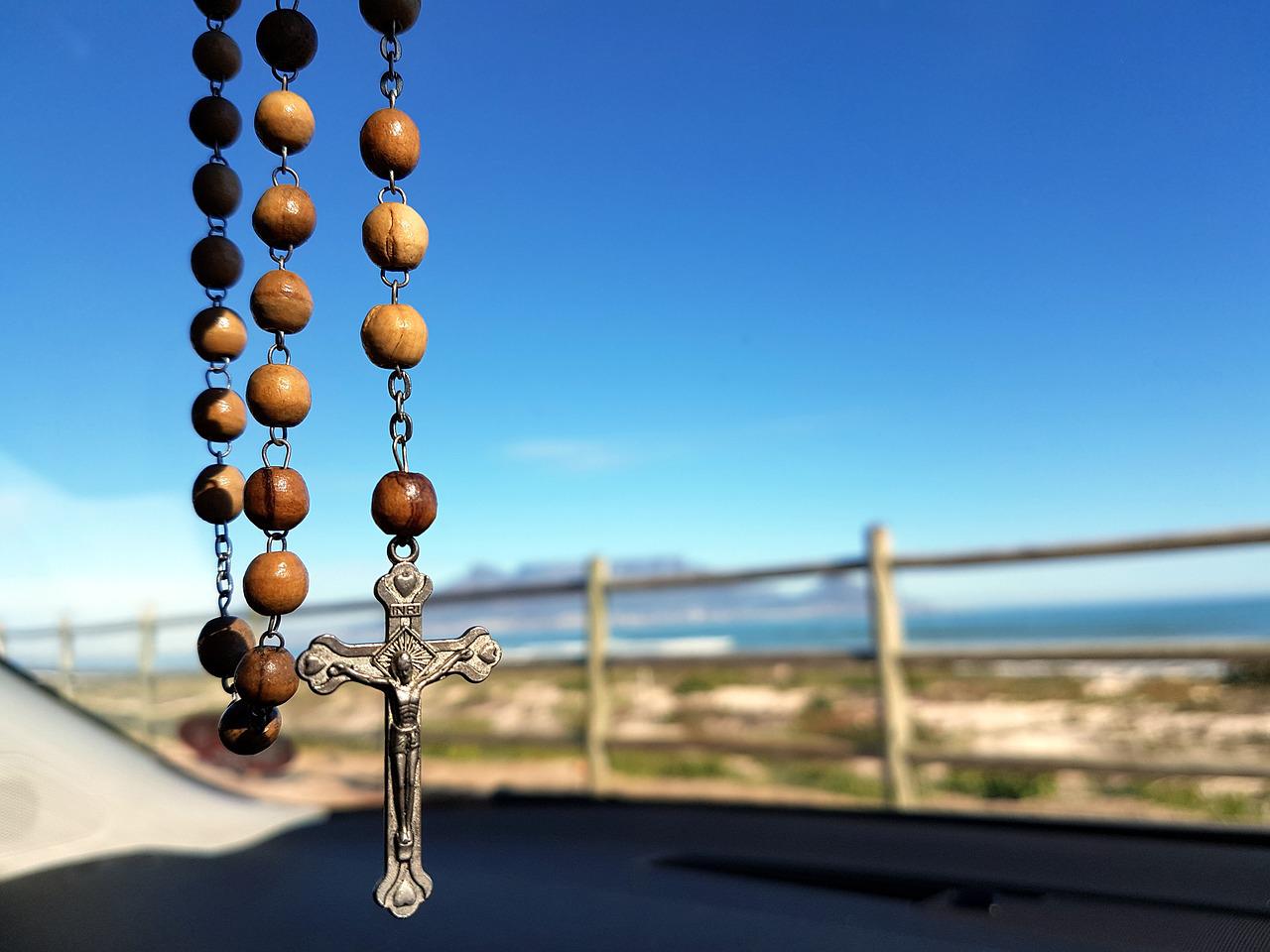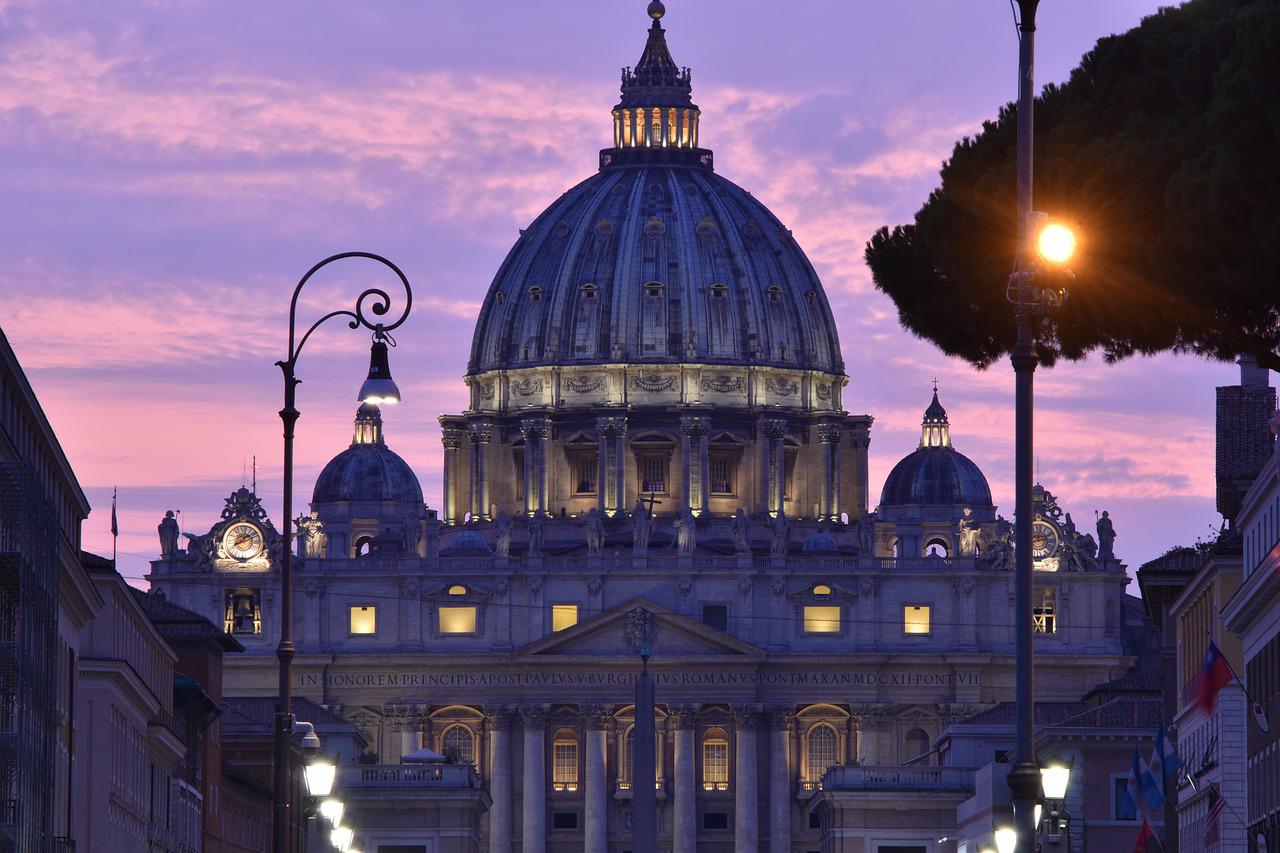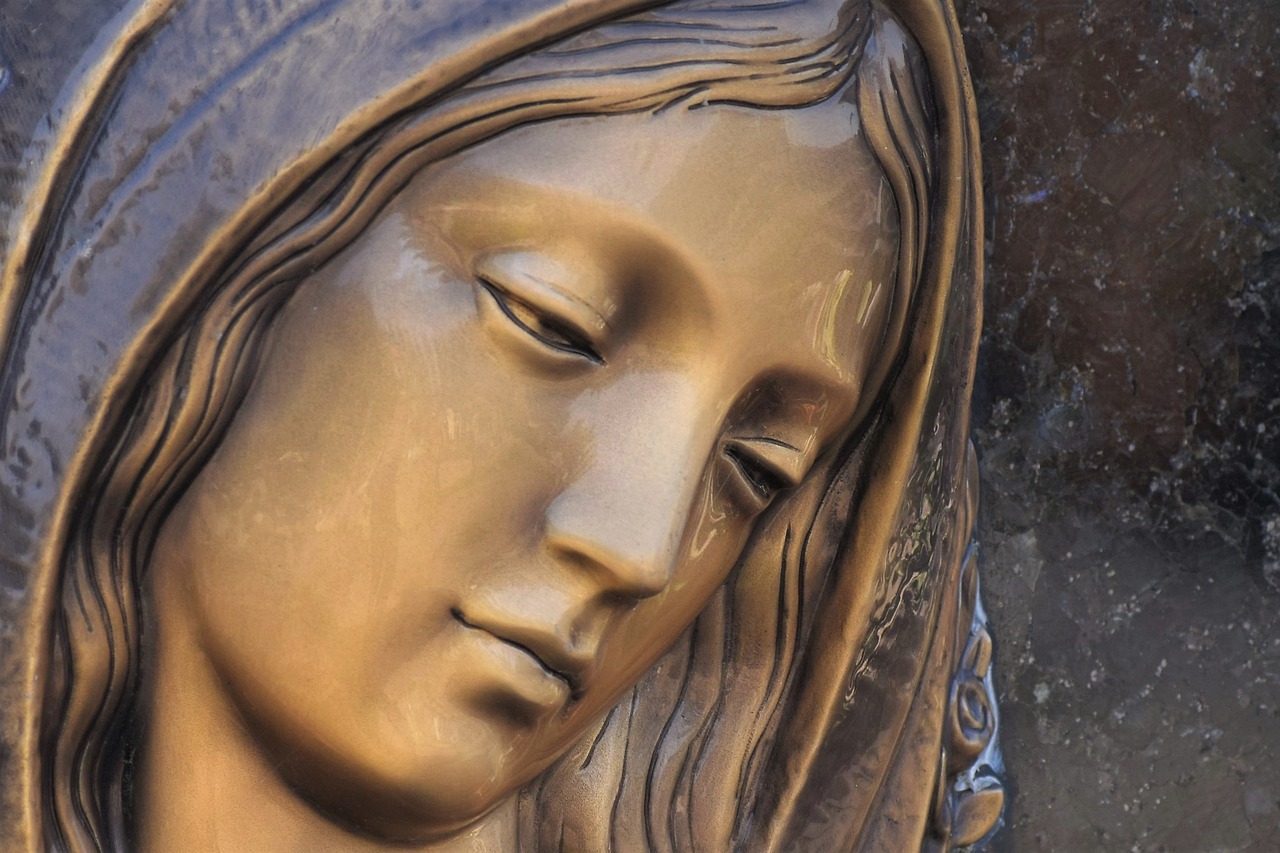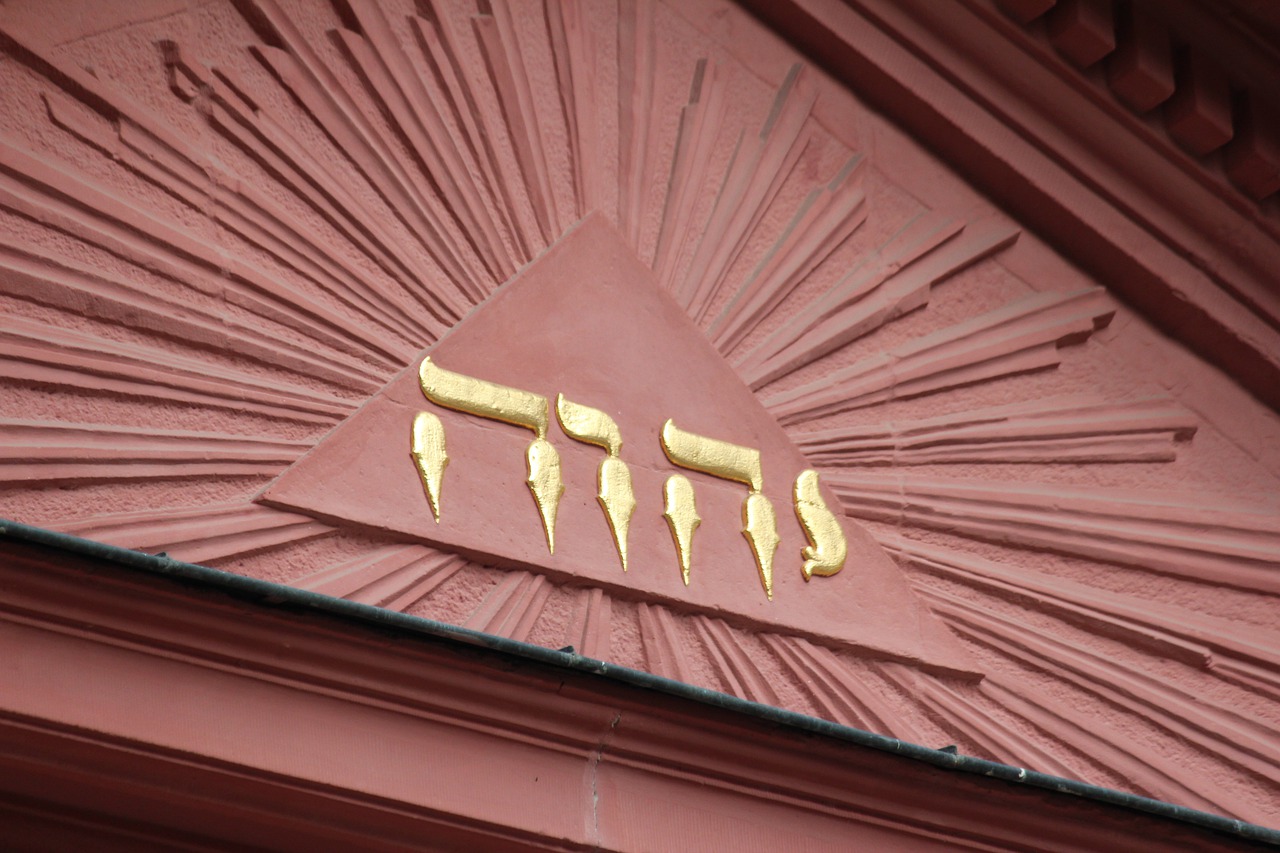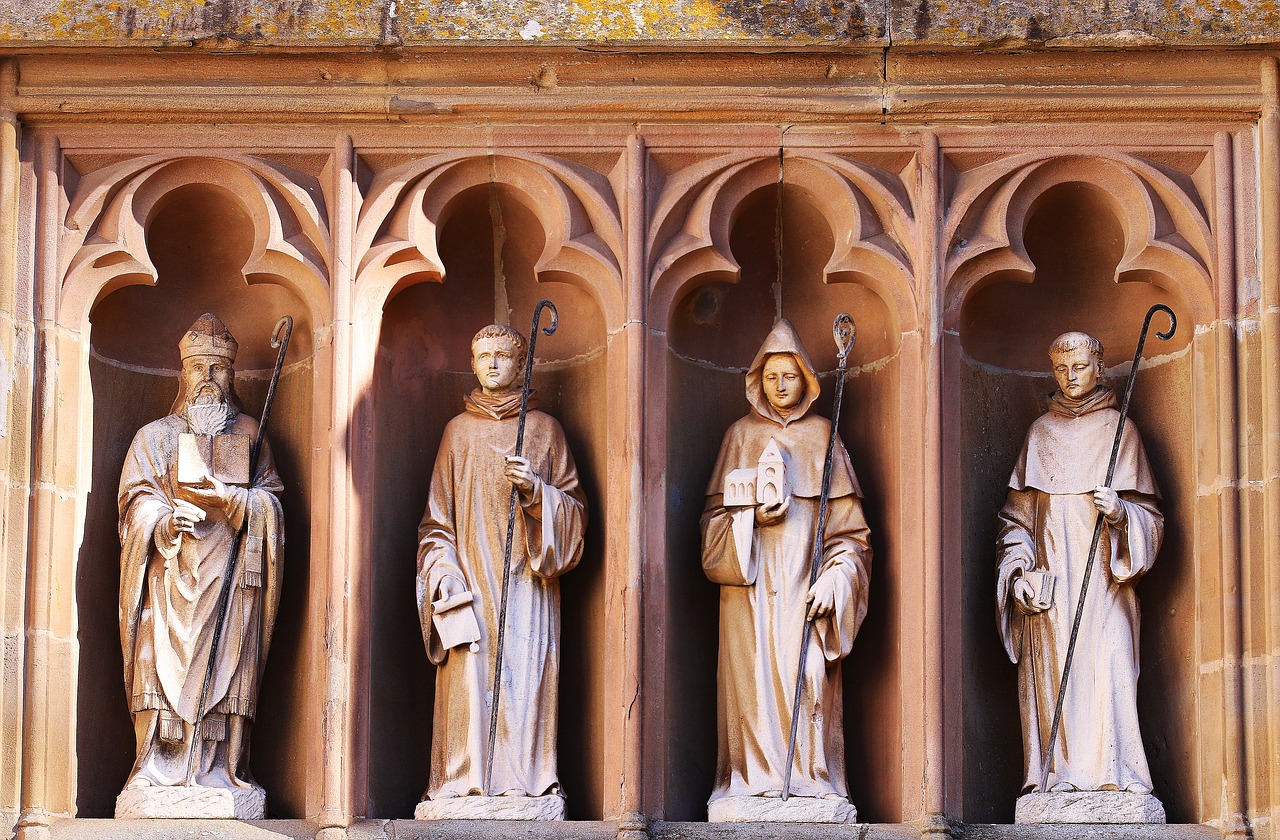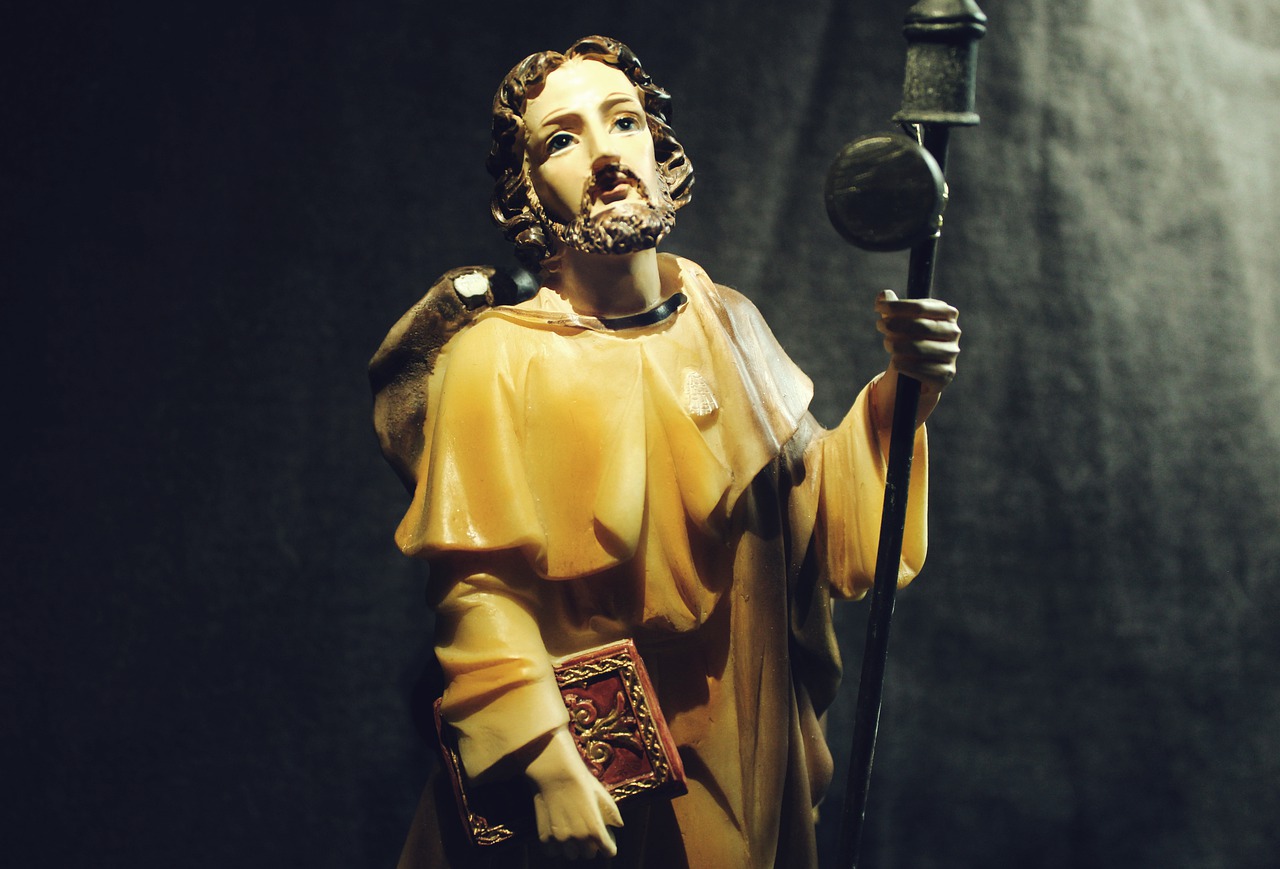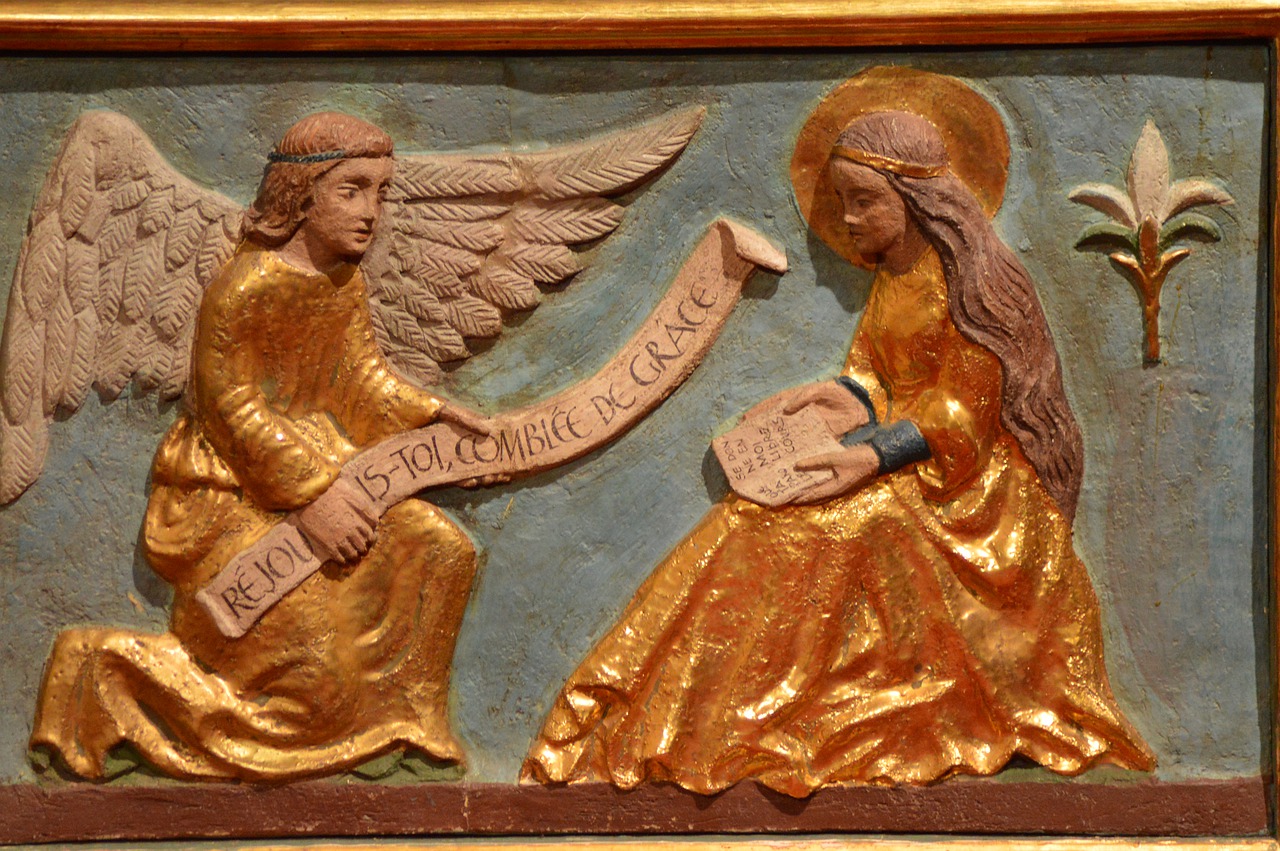
It's important to get this one right. The Kingdom of God isn't another name for our popular understanding of heaven. That is, it's not where we go when we die. Nor is it even a "place" in the temporal sense of the word. Biblically, the Kingdom refers to God's rule rather than God's realm. Being Kingdom citizens is a matter of embracing God's will as our own and living accordingly.
This helps us appreciate why Jesus refers to the Kingdom as "among" us and even "within" us—always within reach if we but reach for it. We don't have to get there so much as abide there wherever we are. Scripture says we participate in the Kingdom's reality in various ways: repenting and changing our hearts, working toward justice, protecting the vulnerable, and freeing those who are burdened.
Matthew speaks of "the kingdom of the heavens," while Mark and Luke prefer the more direct "kingdom of God." All three gospels see the fulfillment of the Kingdom as central to the teaching of Jesus. We're taught to pray for its arrival in the Lord's Prayer. Our relationship to money and even to family might be an obstacle to full admission. Jesus offers multiple parables and metaphors for understanding the Kingdom's dimensions and implications: a sower, a mustard seed, treasure, a banquet. Matthew's gospel alone references the Kingdom almost 50 times.
In John's gospel, Jesus is clear that the Kingdom can't be mistaken for territory gained by power: it operates distinctly from this world. It's a reality where peace rules and oppression ends. Jesus manifests the Kingdom by coming into this world, but its fullness is not yet in view until his return in glory.
Sometimes we make the mistake of morphing the Kingdom of God with the church on earth. At its best, the church is the sacramental sign of the Kingdom: a signpost, that is, not the destination. We the church proclaim the Kingdom both in formal preaching and in works of justice and mercy. No political system or social program can establish God's rule. We can't make "Kingdom come" by our own efforts. Yet we are summoned to cooperate with the Spirit to enter more fully into the Kingdom's reality by our personal choices and in reshaping society to conform to its values.
Scripture: 1 Chronicles 17:14, 28:5; Psalm 99:4; 146:5-10; Isaiah 6:1-5; 24:23; Zephaniah 3:15; Zechariah 14:16-17; Mark 1:15; 9:1; 10:23-25; Matthew 3:1-2; 4:17; 6:10; 10:34-38; 13:18-19, 24-53; 16:19, 28; 19:23-24; 20:1-16, 20-23; 22:1-14; Luke 9:27; 11:2; 14:15-33; 18:24-25; John 3:3-5; 18:33-37; Acts 8:12; 14:22; 19:8; 20:25; 28:23
Books: Parables of the Kingdom/Jesus and the Use of Parables in the Synoptic Tradition, Pts. I-II, by Mary Ann Getty-Sullivan (Liturgical Press, 2007 and 2008)
A Banqueter's Guide To The All-Night Soup Kitchen Of The Kingdom Of God, by Patrick T. McCormick (Liturgical Press, 2017)
Reprinted with permission from PrepareTheWord.com. ©TrueQuest Communications.







